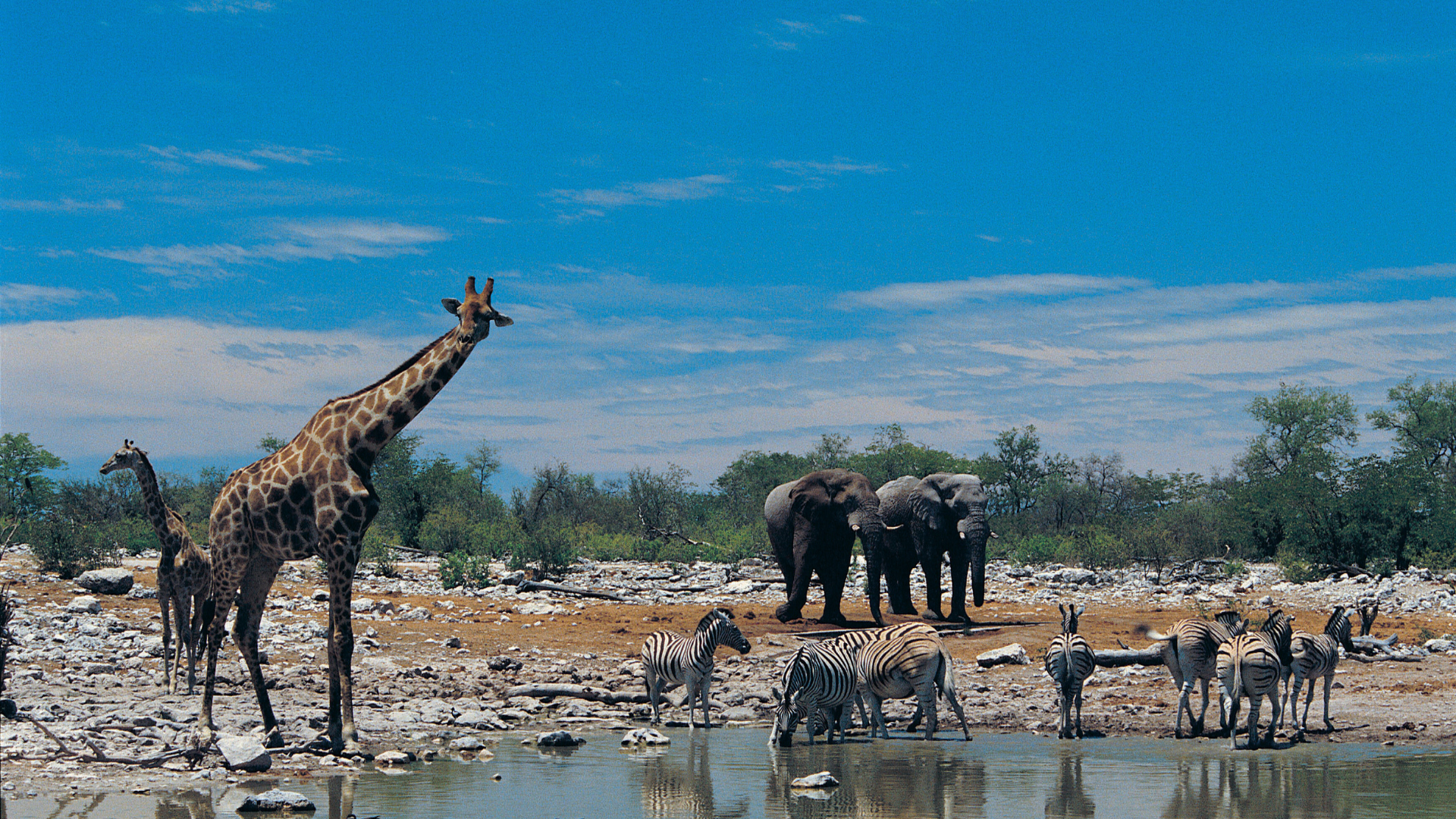
Genetics plays a crucial role in understanding biodiversity by revealing the intricate relationships between species and their environments. Through genetic analysis, researchers can uncover the underlying mechanisms that contribute to the variety of life on Earth, aiding in conservation efforts. By examining genetic variations, scientists gain insights into how species adapt and evolve, which is essential for preserving ecosystems in the face of changing climates and human impact.
The study of genetics not only helps in identifying genetic diversity within populations but also aids in the recognition of unique species. With the increasing threat of extinction, understanding these genetic links becomes vital for developing effective conservation strategies. This knowledge allows conservationists to prioritise efforts and allocate resources to protect the most genetically distinct or vulnerable species.
As biodiversity continues to decline, the integration of genetic research into conservation planning offers a powerful tool for maintaining ecological balance. By harnessing genetic information, stakeholders can make informed decisions that support sustainable practices and safeguard the variety of life that sustains our planet.
Fundamentals of Genetics and Biodiversity
Genetics plays a crucial role in understanding biodiversity, as it provides insights into genetic variation and the processes that drive evolution. This section discusses genetic diversity and its significance, alongside the evolutionary processes that contribute to the rich variety of life forms.
Genetic Diversity and Its Importance
Genetic diversity refers to the variety of genes within a species. It is critical for the adaptability and resilience of populations in changing environments. Higher genetic diversity often correlates with better survival rates, as it increases the likelihood that some individuals will possess traits suited to new challenges, such as climate change or disease.
Key components include:
- Genetic Variation: Differences in DNA sequences among individuals.
- Species Richness: The number of different species within a habitat, influenced by genetic diversity.
Preserving genetic diversity ensures that ecosystems remain robust and continue to provide essential services. Loss of genetic diversity can lead to populations that are more susceptible to extinction due to their limited capacity to adapt.
Evolutionary Processes and Their Role
Evolutionary processes drive changes in genetic diversity over time. Natural selection, genetic drift, and gene flow shape the genetic landscape of populations.
- Natural Selection: Individuals with advantageous traits reproduce more successfully, leading to a gradual change in the population’s genetic makeup.
- Genetic Drift: Random events can cause certain alleles to become more or less common, especially in small populations, impacting their evolutionary trajectory.
- Gene Flow: The movement of genes between populations through migration enhances genetic diversity and reduces the risks associated with inbreeding.
The interplay of these processes contributes to the formation and maintenance of biodiversity, demonstrating how genetics is integral to understanding the complexities of life on Earth.
Genetic Mechanisms in Adapting to Environmental Change
Genetic mechanisms play a crucial role in how species adapt to environmental changes. These adaptations help organisms survive in shifting climates and resist new challenges. Understanding these processes is essential for conservation efforts and biodiversity preservation.
Adaptation and Survival Strategies
Adaptation involves genetic changes that enhance survival in specific environments. For example, some species develop resistance to diseases or adapt their behaviour and reproductive strategies in response to environmental pressures.
This could manifest in altered phenotypes, such as changes in colouration or size, which might improve camouflage or resource utilisation. Those that exhibit these beneficial traits are more likely to survive and reproduce, passing on their advantageous genes.
Rapid adaptation can be critical for species facing immediate threats, such as habitat loss or invasive species. Through natural selection, genetic variation allows populations to exhibit resilience, ensuring long-term survival in changing conditions.
Impact of Climate Change on Genetic Variation
Climate change significantly impacts genetic variation within species. Temperature shifts can result in altered phenotypes, affecting individual fitness and survival rates.
Species may experience shifts in their geographic ranges as they seek suitable habitats, leading to gene flow among populations. This genetic mixing can promote diversity and introduce new traits that enhance survival.
However, climate change can also lead to a decrease in genetic diversity as populations decline or become isolated. Low genetic variation reduces adaptability, making species more vulnerable to extinction. Conservation strategies must focus on maintaining and enhancing genetic diversity to support resilience in the face of climate change.
Conservation Genetics in Action
Conservation genetics plays a pivotal role in protecting endangered species and maintaining genetic diversity within wildlife populations. By analysing DNA, scientists gain insights that can inform effective management strategies.
Role in Preserving Endangered Species
Conservation genetics focuses on understanding the genetic landscape of endangered species. It utilises techniques such as DNA sequencing to assess genetic variation, which is crucial for species survival.
For instance, in the case of the cheetah, studies revealed a dramatic reduction in genetic diversity due to historical population bottlenecks. This loss of variation limits adaptability, making them more susceptible to diseases.
Genetic information can guide captive breeding programmes by ensuring that captive populations maintain genetic diversity. By selecting breeding pairs based on their genetic profiles, conservationists can help restore healthy populations in the wild.
Addressing Inbreeding and Maintaining Genetic Health
Inbreeding poses a significant threat to the viability of small wildlife populations. High levels of inbreeding can lead to a decline in fitness, increasing vulnerability to environmental changes.
Conservation genetics offers tools to monitor inbreeding levels. Genetic analyses enable the identification of inbred individuals and highlight the need for genetic rescue, where new individuals are introduced to bolster diversity.
For example, introducing individuals from other populations can enhance the genetic health of endangered species. This strategy has been successfully applied with species like the Florida panther. By augmenting the population with Texas cougars, researchers improved genetic diversity, resulting in stronger, healthier animals.
